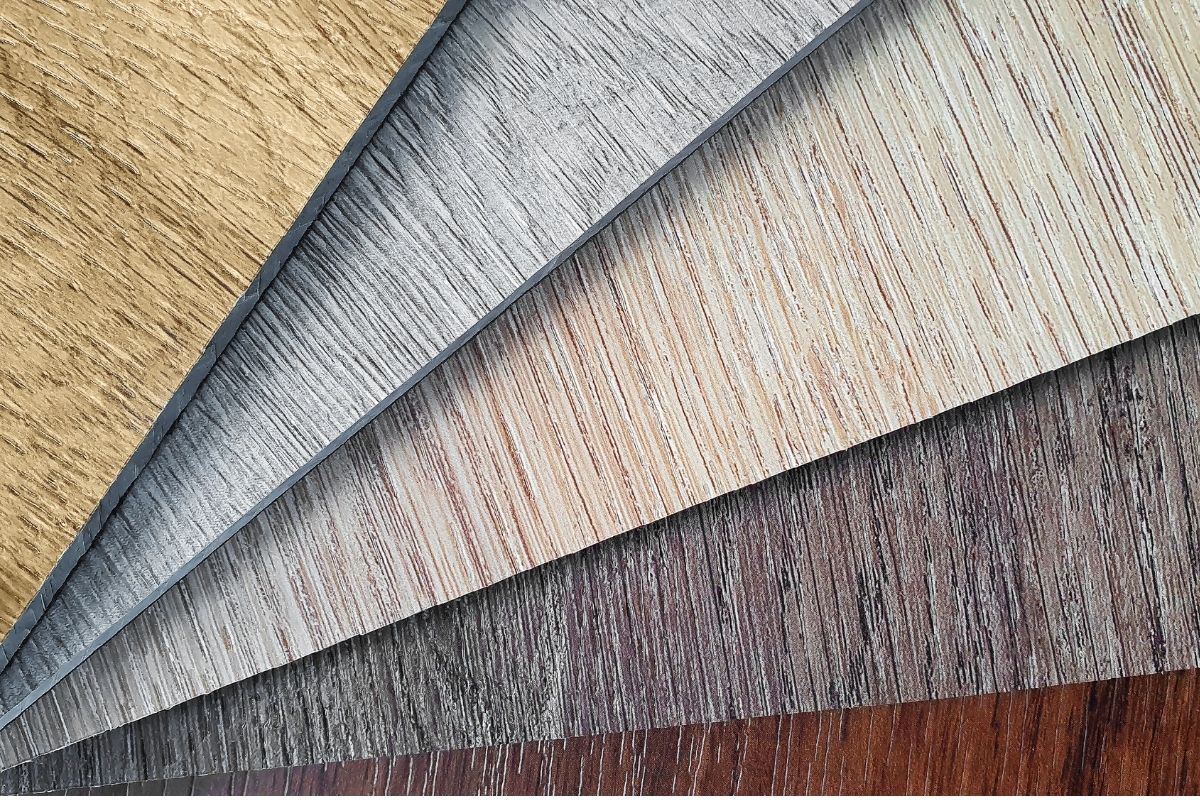How to Choose the Right Veneer for Your Project

Selecting the ideal material for a woodworking project can feel overwhelming. For designers, architects, and DIY enthusiasts, picking the correct veneer is crucial to achieving the desired aesthetics and performance. This ultimate guide will walk you through everything you need to know to make the right choice and select the right veneer for your project.
Understanding Wood Veneer
Veneer is a thin slice of wood cut from wood logs or natural wood and applied to a substrate such as MDF, particleboard, or plywood. Unlike laminate, which mimics wood patterns, real wood timber veneer retains the natural beauty, natural characteristics, and charm of the original timber.
Veneer panels are an excellent choice for design features, furniture, and interior panels. They allow for efficient use of timber, reducing wood waste, which makes them a cost-effective and environmentally friendly alternative to solid wood. With its versatility, veneer can suit a wide range of applications, offering both strength and aesthetic appeal.
Why Choosing the Right Wood Veneer Matters
The right choice of veneer ensures your project is visually appealing, long-lasting, and practical. Poor selection can lead to uneven grain patterns and textures, durability issues, and higher maintenance. By selecting the right wood veneer, you can:
- Showcase the unique wood grain and natural characteristics
- Achieve decorative and functional surfaces
- Minimise wood waste while maximising material use
- Ensure a durable and aesthetically pleasing finish for furniture and wood veneer panels
Wood Veneer Varieties
There are several types of veneer, each offering specific benefits depending on your intended use and the project’s design.
Oak Veneer and Popular Wood Choices
Oak veneer is a popular choice for panels due to its light to medium brown tones, distinctive grain, and adaptability. White oak is often used in furniture and cabinetry.
Other wood species like walnut, maple, and cherry provide different grains and textures, ideal for creating decorative pieces or achieving a consistent look across larger sheets. When selecting a type of wood veneer, consider which wood will best complement the overall design.
Backed Veneer
Backed veneer refers to sheets attached to a base for stability, often like plywood or MDF. This extra support ensures the layer of wood is easier to handle, less likely to split, and long-lasting. A sheet of veneer with a substrate allows you to use veneers together for larger projects without compromising quality.
Thin Sheets and Flexibility
Raw veneer is a thin layer of wood with no backing that can be applied to flat or curved surfaces. Veneers are flexible, allowing for intricate designs and versatility, making them suitable for a wider range of creative applications.
Base Materials for Wood Veneer Panels
Wood veneer panels can be applied to MDF, particleboard, or plywood. Each substrate offers different benefits:
- Plywood provides strength and durability, suitable for high-use furniture
- MDF creates a smooth surface, ideal for precise decorative applications
- Particleboard is budget-friendly but requires care to prevent warping
Understanding the structure of the wood and selecting the correct base material ensures a long-lasting finish.

Factors to Consider When Choosing Wood Veneer
Consider the following factors to make an informed decision when selecting veneer:
- Intended Use
The project goal can help determine which veneer will perform best. High-traffic furniture requires more durable sheets, while lighter panels work for decorative pieces. - Grain Pattern and Texture
Examine the face of the veneer to ensure consistency. The grain patterns and textures can showcase the natural character of the wood across multiple sheets or larger panels - Wood Species
Select a type of wood that aligns with your design, considering colour, wood finish, and durability. Timber veneer provides authentic natural beauty and wood grain, ensuring a refined and long-lasting finish. - Veneer Type
Selecting the correct veneer type enhances both function and style. Different kinds serve different purposes:
- Rotary cut: Bold, unique patterns
- Quarter cut: Highlights natural characteristics for premium projects
- Rift cut: Produces uniform linear grain
- Book-matched: Creates mirrored, decorative effects
- Sheet Size and Application
Consider the range of applications for your veneer. Some projects require larger sheets, while others need smaller panels for inlays. Choosing the right sheet size ensures easier handling, reduces seams, and helps maintain consistent grain patterns across your project. - Durability and Maintenance
The longevity of timber veneer depends on the combination of wood and substrate. Proper care ensures the natural beauty and prevents damage, keeping surfaces durable and aesthetically pleasing. - Environmental Considerations
Using veneer reduces wood waste and is an environmentally friendly option. Choosing sustainable board products enhances eco-friendly benefits.
Comparing Veneer to Solid Wood
Veneer offers the appearance of solid wood but uses less wood, reducing cost and waste. Applied over MDF or plywood, veneer is suitable for a wider range of designs compared to solid wood, while still delivering a realistic wood grain. Veneer is often a practical choice for achieving professional finishes compared to solid timber panels. Learn more about which option is best for you in our blog: Veneer vs. Solid Wood: Pros and Cons
Final Considerations
Veneer provides the authentic beauty of timber in a cost-effective, flexible format. Choosing the right wood veneer ensures your finished project is long-lasting and provides a high-quality, professional look. By understanding different cutting methods, type of wood veneer, and substrate options, this guide helps you make an informed decision for your woodworking project. Choosing veneer is more than selecting a sheet, it’s about working with real wood thoughtfully, balancing function, style, and sustainability, while ensuring your project highlights the character and elegance of the timber
Related articles

Blog title heading will go here

Blog title heading will go here


